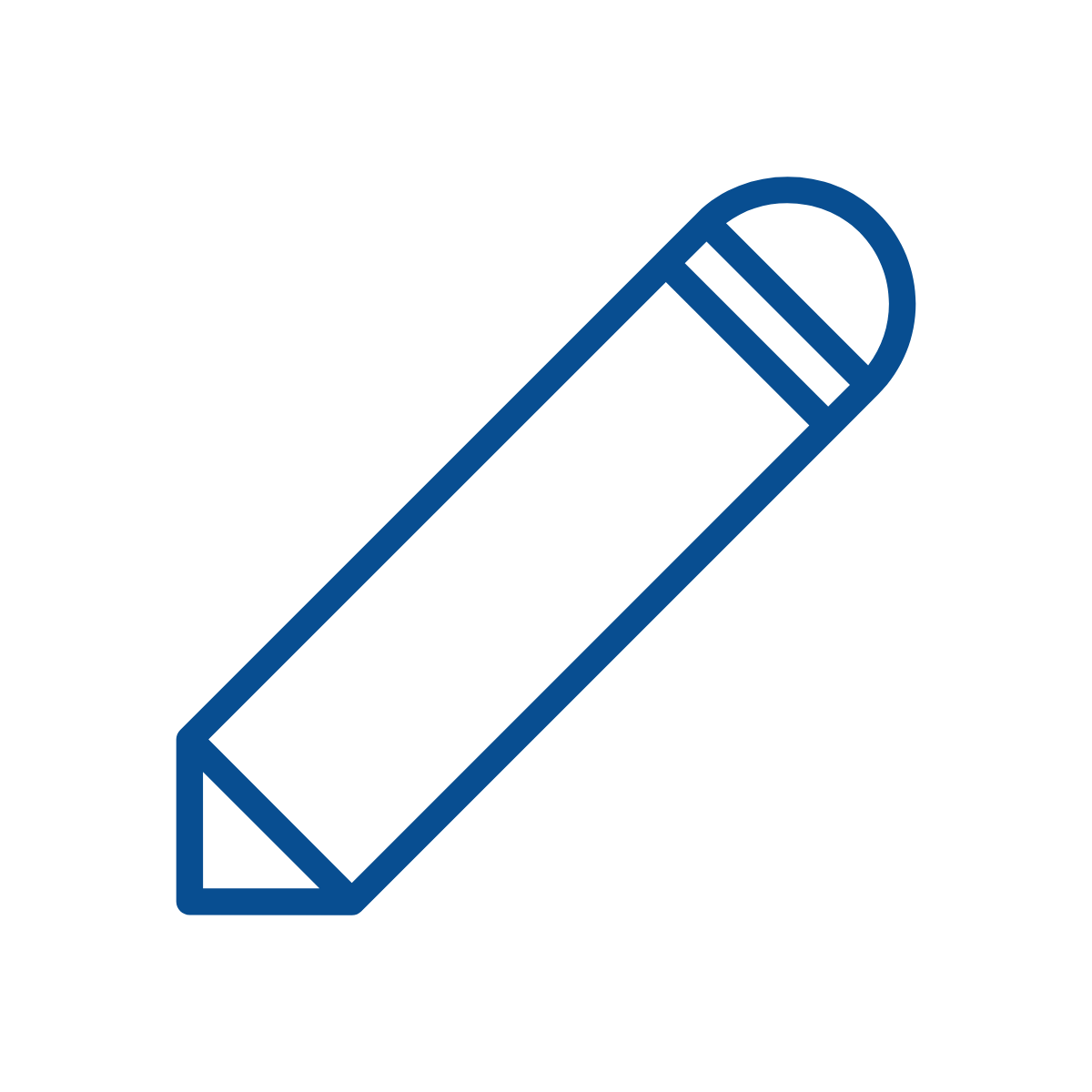Course teacher(s)
Pierre GERARD (Coordinator) and Alessia CuccurulloECTS credits
5
Language(s) of instruction
english
Course content
This course investigates the geomechanical concepts needed to deal with some energy resources engineering applications. Two main chapters are considered in the course: (i) an introduction to rock mechanics and (ii) insights into some advanced concepts of mechanical consitutive laws for soil materials. The analysis of the impact of those concepts on some energy resources applications is then done through group projects, seminars of invited speakers and visit of companies.
Introduction to rock mechanics
- Rock cycle and structural geology
- Concept of rock mass
- Physical properties of rocks
- Deformability and strength of intact rocks
- Deformability and strength of discontinuities
- Deformability and strength of rock masses
- Subsurface stresses and pressures
- Experimental soil mechanics
- Elasticity
- Elastoplasticity (yield limit, hardening, softening, dilatancy, etc.)
- Critical state model
- Geothermal energy
- Deep geological repository of radioactive waste
- CO2 geological storage
- Compressed air and gas storage
- Oil and gas industry
- Off-shore wind turbines
Objectives (and/or specific learning outcomes)
At the end of this course, the students will be able to:
- describe the basic concepts of rock mechanics
- describe how advanced soil mechanics can better explain the mechanical behaviour of soil observed experimentally
- explain why geomechanics has to be carefully considered in many energy resources engineering applications
- use the concepts of soil and/or rock mechanics to analyse the geomechanical issues encountered in some energy resources engineering applications and to propose and design suitable solutions
Prerequisites and Corequisites
Required and Corequired knowledge and skills
CNSTH303 - Soil mechanics
CNSTH406 - Geotechnical engineering
Teaching methods and learning activities
- Lectures for theoretical aspects (slides available on UV)
- Exercises for the introduction to rock mechanics and advanced soil mechanics
- Seminars from invited speakers for some specific topics associated with energy resources engineering
- Visit of companies
- Group work for a project devoted to one specific engineering application of energy geomechanics
The attendance is compulsory for the seminars, the visit of companies and the working sessions for the group work. A detailed schedule will be distributed at the beginning of the course.
Course notes
- Université virtuelle
Contribution to the teaching profile
This teaching unit contributes to the following competences:
- In-depth knowledge and understanding of exact sciences with the specificity of their application to engineering
- Present and defend results in a scientifically sound way, using contemporary communication tools, for a national as well as for an international professional or lay audience
- Integrate the behaviour of geomaterial as a construction or a geological material in complex civil engineering problems
- Design (conceptually and quantitatively) geotechnical structures by applying the fundamental concepts of soil and rock mechanics
- An attitude of life-long learning as needed for the future development of his/her career
- A critical attitude towards one’s own results and those of others
Other information
Additional information
The course is taught in English.
Contacts
Prof. Pierre Gerard, Solbosch campus, building C ,level 4, Laboratory of GeoMechanics - gerard.pierre@ulb.be
Campus
Solbosch
Evaluation
Method(s) of evaluation
- written examination
- Oral presentation
written examination
Oral presentation
The final mark is based on:
- An oral presentation about a project related to an energy resources application and its geomechanical issues
- A written examination related to the theoretical concepts studies during the lectures, and their use for some energy resources applications, as well as to exercises dealing with rock mechanics and advanced soil mechanics
Mark calculation method (including weighting of intermediary marks)
The final mark is obtained with the following weighting:
- Oral presentation (35%)
- Written examination (65%)
In case of failure in first session, only the mark corresponding to the oral presentation can be kept for the second session (if mark >= 10/20). The oral exam has always to be taken in second session.
Language(s) of evaluation
- english
